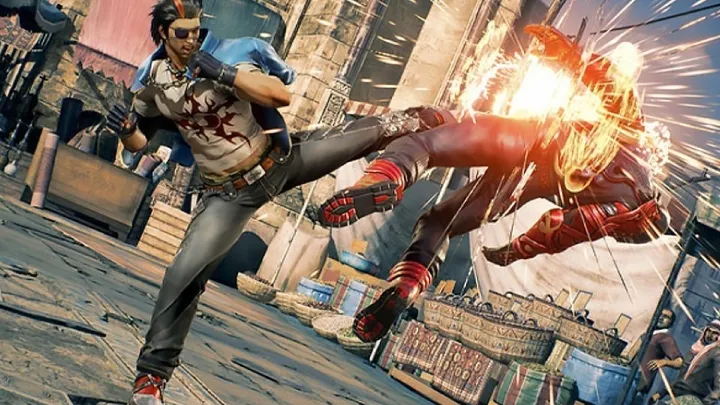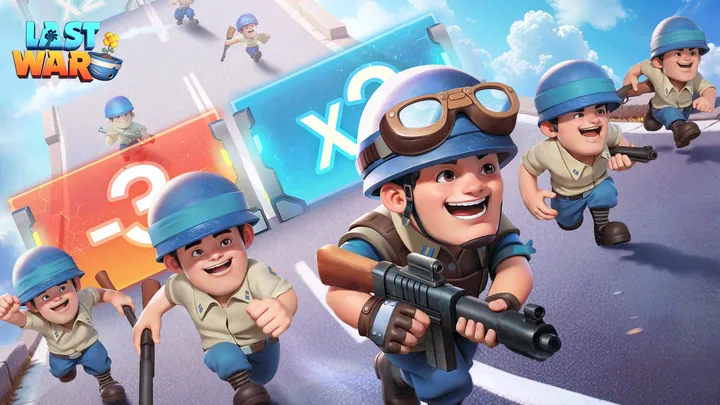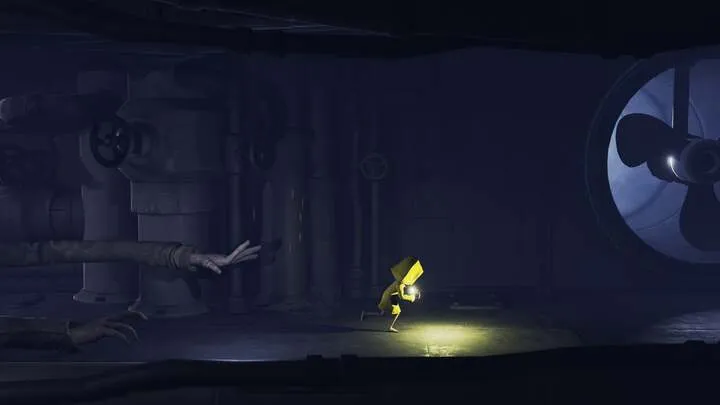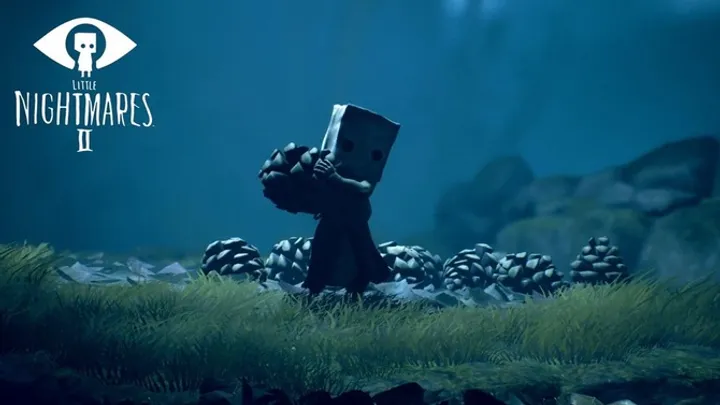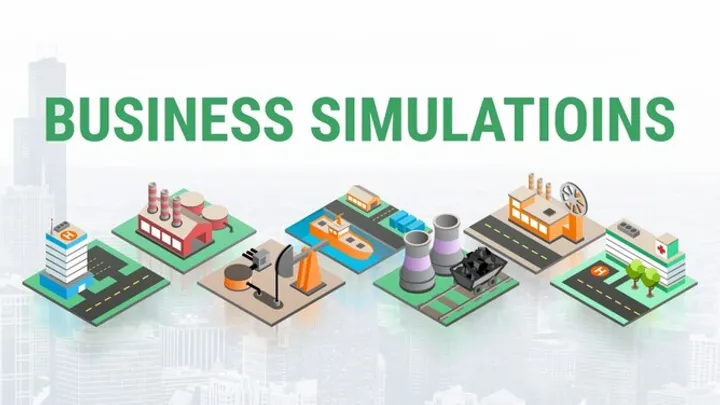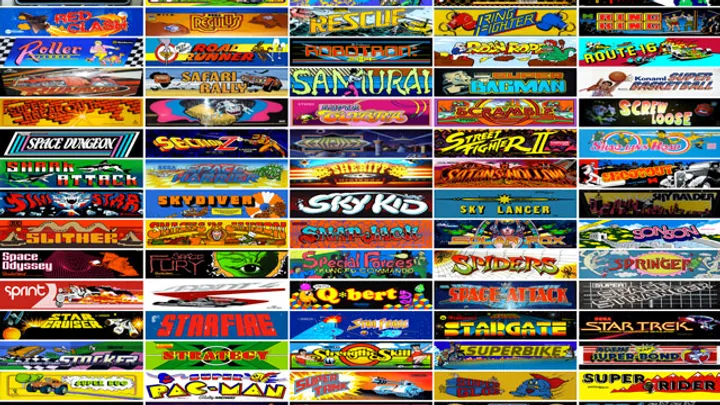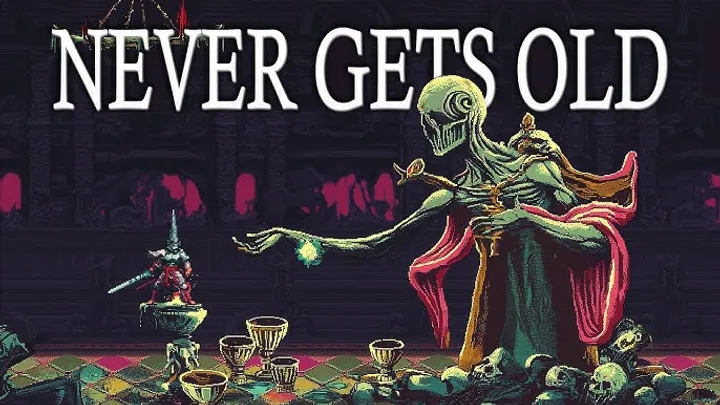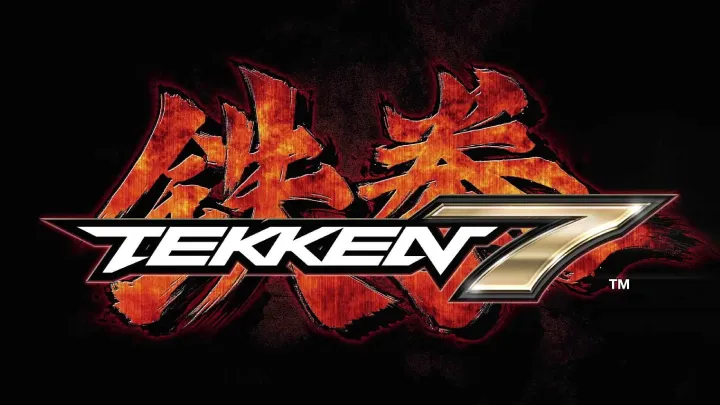
Tekken 7, released in arcades in 2015 and on consoles and PC in 2017, has solidified its place as a cornerstone of the fighting game genre. Renowned for its deep mechanics, diverse character roster, and engaging storylines, Tekken 7 has become a significant player in both casual and competitive scenes. However, one of the most critical aspects of Tekken 7 is the evolution of competitive play, which includes its mechanics, community engagement, and the ongoing balance between accessibility and depth. This article explores the intricacies of competitive play in Tekken 7, examining how its mechanics have shaped the competitive landscape and the community's response to these dynamics.
The Competitive Landscape: An Overview
The Rise of Tekken 7 in Esports
Since its release, Tekken 7 has gained traction in the esports scene, with numerous tournaments and events dedicated to the game. Major tournaments such as EVO (Evolution Championship Series) and the Tekken World Tour (TWT) have showcased the game's competitive play, attracting players from around the globe.
Community Engagement and Support
The Tekken community has played a pivotal role in fostering competitive play. Through grassroots tournaments, online leagues, and content creation, players have formed a vibrant ecosystem that supports both new and experienced competitors.
- Grassroots Tournaments: Local tournaments and meetups allow players to engage with the game, hone their skills, and build a sense of community.
- Streaming and Content Creation: Platforms like Twitch and YouTube have enabled players to share their experiences, strategies, and tutorials, further enriching the community knowledge base.
Core Game Mechanics: Understanding the Fighting System
The 3D Fighting Mechanics
Tekken 7 utilizes a 3D fighting system, allowing players to move in multiple dimensions. This mechanic adds a layer of depth and complexity to the gameplay, as players must consider positioning and spacing in addition to traditional fighting game mechanics.
Key Mechanics
- Movement: The ability to sidestep and move in 3D space is crucial for evading attacks and positioning oneself for counterattacks.
- Blocking and Punishing: Understanding how to block effectively and punish opponents’ mistakes is essential for success in competitive play.
- Frame Data: Players must learn frame data to understand the advantages and disadvantages of their moves, which is vital for making informed decisions during a match.
The Importance of Execution
Execution is a critical aspect of Tekken 7's competitive play. Players must master not only the basic controls but also complex combos and techniques that require precise timing and input.
- Combo Execution: The ability to perform combos consistently can be the difference between victory and defeat.
- Advanced Techniques: Mastering advanced techniques like "wave dashing" and "instant while standing" requires practice and dedication.
Character Diversity: Balancing Accessibility and Depth
The Roster of Characters
Tekken 7 features a diverse cast of characters, each with unique moves, strengths, and weaknesses. This diversity creates a rich competitive environment where players can choose characters that align with their play styles.
Accessibility of Characters
The game has been designed to be accessible to newcomers while maintaining depth for experienced players. Each character has a set of fundamental moves that are easy to learn but can lead to complex strategies.
- Beginner-Friendly Characters: Characters like Asuka and Paul have straightforward move sets, making them attractive to new players.
- High-Skill Characters: Characters like Kazumi and Akuma require more advanced knowledge and execution, catering to seasoned players.
Character Balance
The balance between characters is a crucial aspect of Tekken 7's competitive scene. Regular updates and patches aim to maintain character balance, ensuring that no single character dominates the meta.
- Community Feedback: Player feedback plays a significant role in balancing characters, as the developers often listen to the community's concerns.
- Meta Shifts: The metagame evolves as players discover new strategies and character strengths, leading to shifts in character popularity.
The Role of Strategy in Competitive Play
Matchup Knowledge
Understanding matchups is vital for competitive players. Each character has strengths and weaknesses against others, and knowing these can greatly influence a player's strategy in a tournament setting.
Adapting Strategies
Players must adapt their strategies based on their opponents and the characters they choose. This adaptability is essential for success in high-stakes matches.
- Reading Opponents: Players must develop the ability to read their opponents' tendencies, making it easier to anticipate their next moves.
- Adjusting Play Styles: Competitors often need to adjust their play styles mid-match to counter their opponent's strategies effectively.
The Psychological Aspect of Competition
The Mental Game
The psychological aspect of competitive play is often overlooked but is crucial for success. Players must manage their emotions, maintain focus, and deal with the pressures of competition.
Dealing with Pressure
High-pressure situations can lead to mistakes, and managing anxiety is essential for peak performance.
- Mindfulness Techniques: Many players employ mindfulness techniques to stay calm and focused during matches.
- Positive Reinforcement: Building a positive mindset can help players stay motivated and focused, even in the face of adversity.
Community Dynamics: The Impact of Online Play
Online Competitions
The rise of online play has significantly impacted the competitive landscape of Tekken 7. Players can compete against others from around the world, broadening the competitive scene.
Netcode and Online Experience
The quality of online play is heavily influenced by netcode. Tekken 7 employs a rollback netcode system, which has generally been well-received by the community.
- Rollback Netcode: This system allows for smoother online play, reducing the lag and input delay that can hinder competitive matches.
- Ranking Systems: Online ranking systems provide players with a sense of progression and allow them to gauge their skill level against others.
The Evolution of Tekken 7: Patches and Updates
Regular Updates
Bandai Namco has committed to regularly updating Tekken 7, addressing balance issues, bugs, and community feedback. These patches keep the game fresh and competitive.
The Impact of Updates on the Meta
Each update can shift the competitive meta, as players must adapt to character adjustments and new strategies that emerge.
- Patch Notes: Understanding patch notes is essential for players looking to stay competitive.
- Meta Evolution: Players must continuously evolve their strategies as the game changes over time.
The Future of Tekken 7 and its Community
Looking Ahead
As Tekken 7 continues to thrive, the community remains engaged and active. The future of the game looks promising, with potential expansions and updates on the horizon.
Community Growth
The ongoing growth of the Tekken community is a testament to the game's enduring appeal. New players continue to join, and veterans maintain their passion for competition.
- Grassroots Movements: Local tournaments and events continue to foster community engagement and support for competitive play.
- Content Creation: Streamers and content creators play a vital role in keeping the community informed and engaged.
Conclusion
Tekken 7 stands as a remarkable example of how a fighting game can evolve within the competitive landscape. Its intricate mechanics, diverse character roster, and strong community engagement have made it a staple in both casual and competitive circles. As players navigate the complexities of the game, they discover not only the depth of its mechanics but also the richness of its community. The ongoing dialogue between players, developers, and the competitive scene ensures that Tekken 7 will continue to thrive and adapt, solidifying its place in the fighting game genre for years to come.